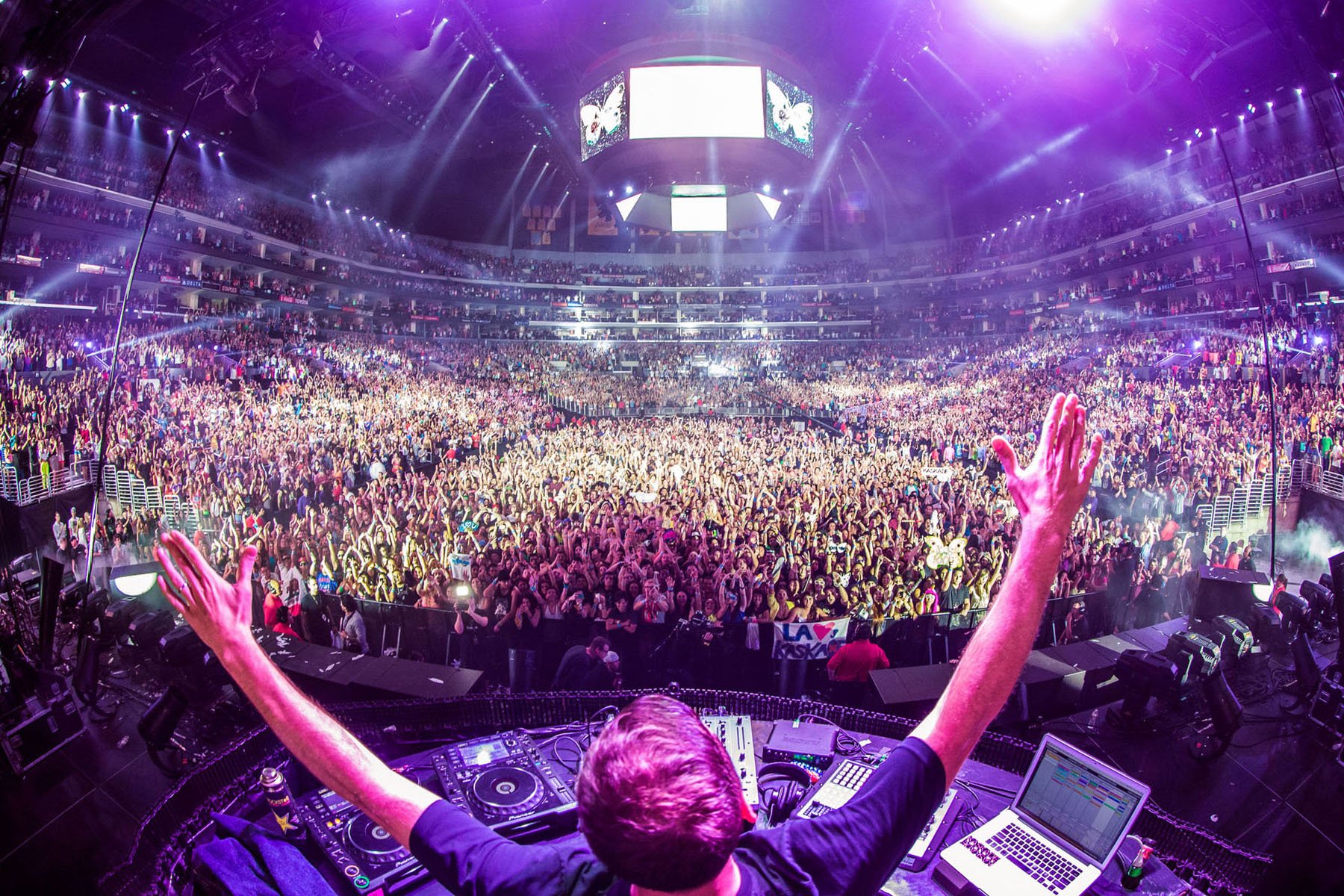The increasing popularity of electronic dance music (EDM) cannot be denied. This percussive electronic music genre is quite the hit with the nightclub scene as well as rave culture. The music produced is intended to provide DJs a seamless way of segueing from one song to another.
Contrary to popular belief though, EDM is not a brand new product of the 21st century. It traces its roots to the 1960s when electronic instruments, such as the famous Moog synthesizers, were incorporated to progressive rock music. Pink Floyd used this then-new sound on their records, while The Beatles experimented on them with some of their songs.
 |
| Image source: thatdrop.com |
By the turn of the 70s and deep into the 80s, the timeless disco era and synthpop genre paved a way for electronic music to enter mainstream and be introduced to a wider audience.
Giorgio Moroder, an Italian songwriter, DJ, and record producer is considered one of the pioneers of EDM. His use of electronic sounds and constant percussive beats brought a rhythm that contributed to club dance music. He collaborated with mainstream artists, like David Bowie, Donna Summer, and Daft Punk.
 |
| Image source: moogfoundation.org |
Fast forward into the mid-2000s, EDM has become an influential part of pop culture, helped in part by the emergence of advanced musical technology, social media, and live events.
My name is Bradley J. Sterling, and I’m currently studying theatre in UCLA. Though I am more inclined to musical theatre, I still enjoy listening to EDM. Some of my favorites are Calvin Harris, Avicii, Alesso, and Diplo. Check out this site for more discussion on music.